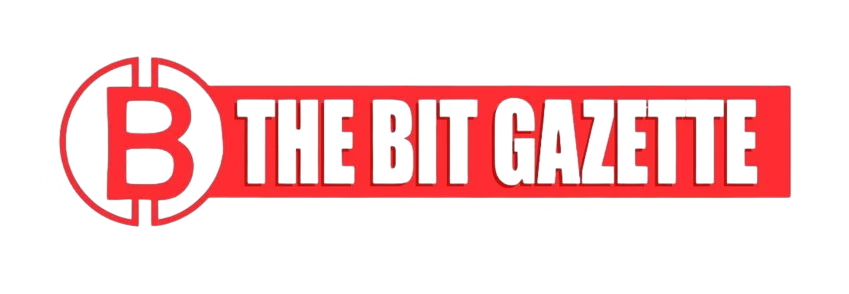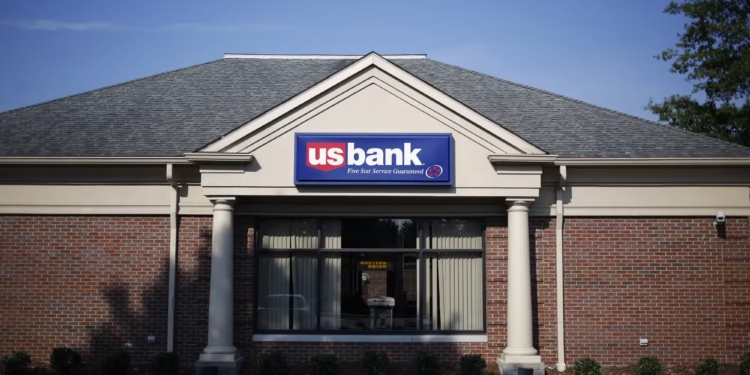U.S. Bancorp, the nation’s fifth-largest commercial bank, is piloting stablecoin payments on the Stellar blockchain network as part of a broader strategy to explore blockchain-based settlement options.
The initiative, confirmed by the bank’s digital asset division, marks one of the first major experiments by a top-tier U.S. bank with public blockchain payment rails—though executives caution that client demand remains limited.
Stablecoin Payment Momentum Builds as U.S. Bancorp Taps Stellar
During a recent industry podcast, Mike Villano, senior vice president and head of digital asset products at U.S. Bank, explained that the institution views stablecoin payment channels as “another way to move money on a blockchain.”
According to Villano, Stellar’s blockchain infrastructure was selected for pilot testing due to its speed, low fees, and enterprise-friendly tools.
“We’re very interested to see what use cases are going to manifest from that and what customers are going to be most interested in,” Villano said, emphasizing that the bank wants real-world data before scaling the initiative.
Industry analysts say the decision to pilot stablecoin payment flows on Stellar highlights a deliberate shift by traditional banks toward blockchain networks designed for regulated financial environments.
Stellar’s established partnerships — including MoneyGram and Circle — make it a compelling testing ground for institutions integrating compliant digital dollar rails.
Stablecoin Payment Demand Still ‘Muted,’ Says U.S. Bancorp CEO
The stablecoin payment initiative was first revealed publicly by U.S. Bancorp President and CEO Gunjan Kedia during the bank’s October earnings call. Kedia explained that the pilot is exploring two major avenues: digital asset custody and payment settlement using stablecoins.
However, she noted that the current appetite among clients remains cautious.
“Our early data shows that demand for stablecoin payment capabilities is still muted,” Kedia stated. “But as a major financial institution, we have a responsibility to be ready when the market develops.”
Kedia’s remarks reflect a larger industry trend: corporate treasurers are increasingly curious about blockchain payments, but widespread adoption may hinge on regulatory clarity and proof of cost-saving efficiencies.
Stablecoin Payment Push Reflects a Transforming Banking Landscape
Experts say U.S. Bancorp’s pilot underscores mounting pressure on U.S. financial institutions to stay competitive as fintechs and global banks accelerate digital asset experimentation.
James Wester, Head of Cryptocurrency and Co-Head of Payments Research at Javelin Strategy, told reporters that the move aligns with a broader pattern.
“Banks can no longer afford to ignore blockchain-based settlement,” Wester explained. “Pilots like this show that institutions are preparing for a future where stablecoin payment flows become routine — especially in cross-border finance.”
Meanwhile, blockchain advocates argue that declining correspondent banking access and rising global remittance needs make the Stellar ecosystem an ideal testbed for banks exploring high-speed stable dollar transfers.
Stablecoin Payment Innovation Could Have a Massive Ripple Effect
If successful, U.S. Bancorp’s stablecoin payment pilot could trigger a domino effect among U.S. banks that have so far hesitated due to regulatory uncertainty.
Industry watchers say the combination of low-cost transactions, near-instant settlement, and blockchain transparency offers a compelling business case.
Sheila Warren, CEO of the Crypto Council for Innovation, noted that the bank’s move validates the technology’s real-world potential.
“When a top-five U.S. bank commits resources to a stablecoin payment program, it sends a message,” Warren said. “It signals that digital dollars are moving from concept to corporate strategy.”
For now, U.S. Bancorp remains in testing mode — but the direction is unmistakable. As regulators advance stablecoin frameworks and enterprises seek faster settlement options, stablecoin payment technology is inching closer to mainstream adoption.
Whether client demand remains muted or suddenly explodes, U.S. Bancorp is positioning itself at the forefront of a potential banking revolution, proving once again that in the world of finance, innovation rarely waits.











